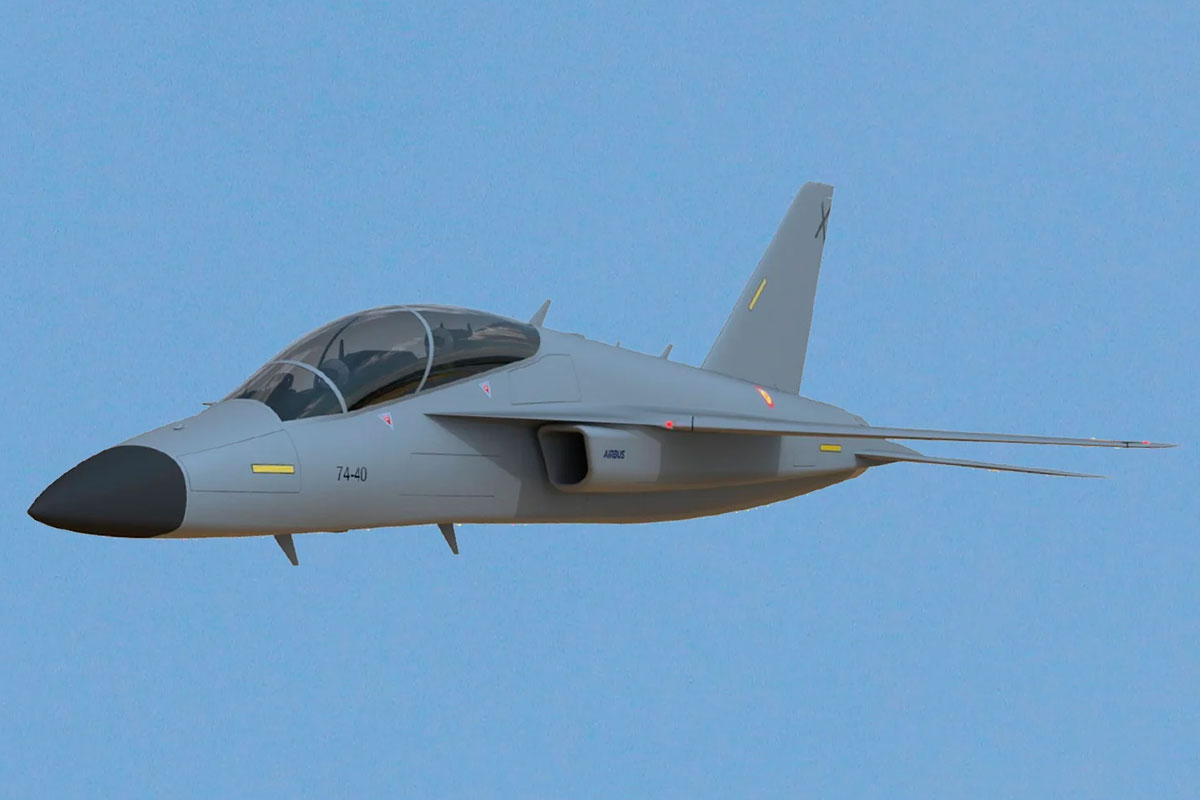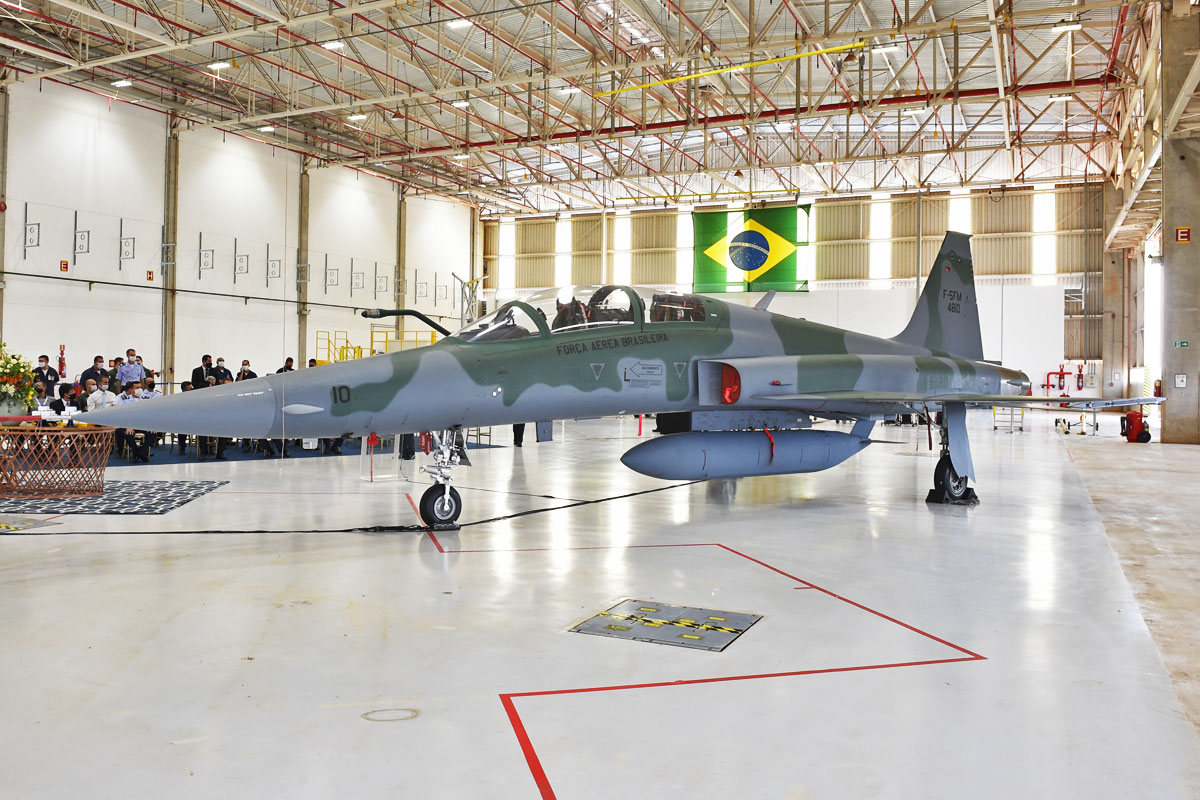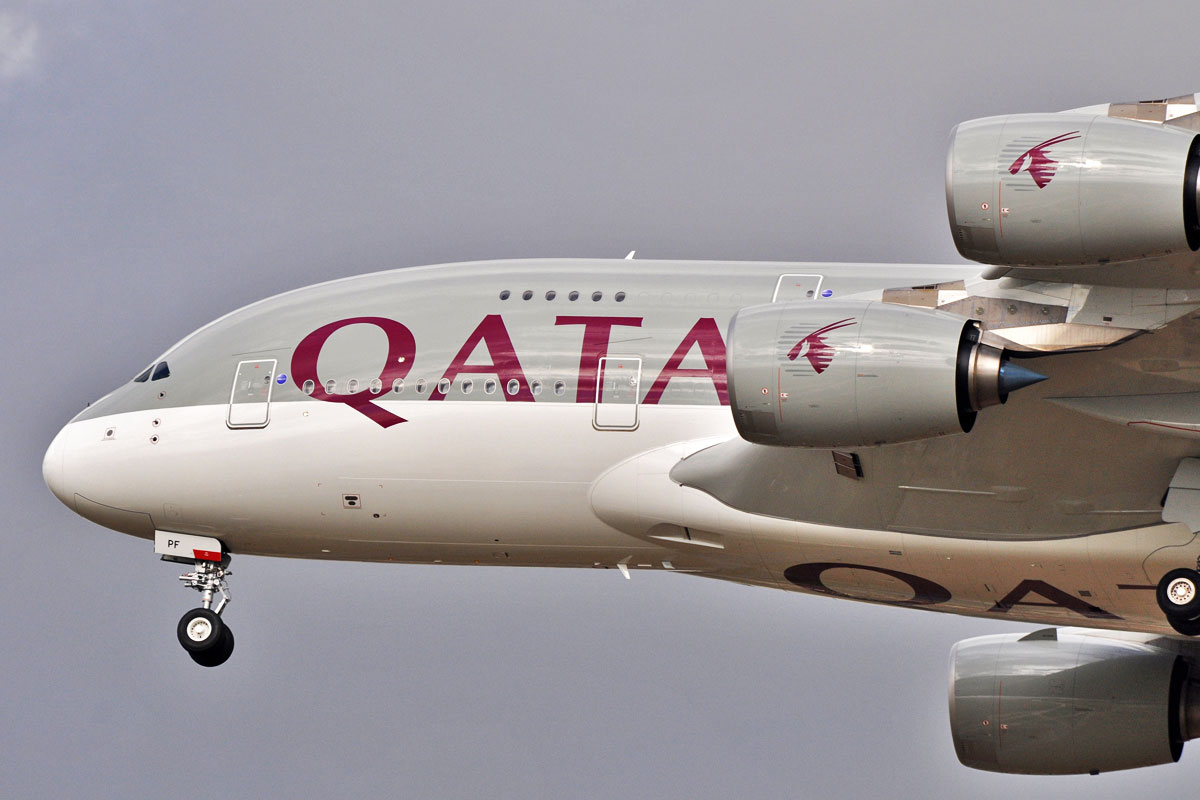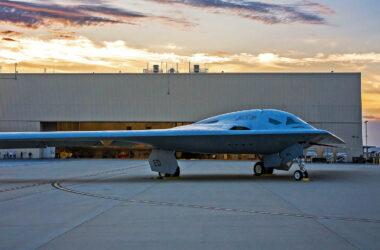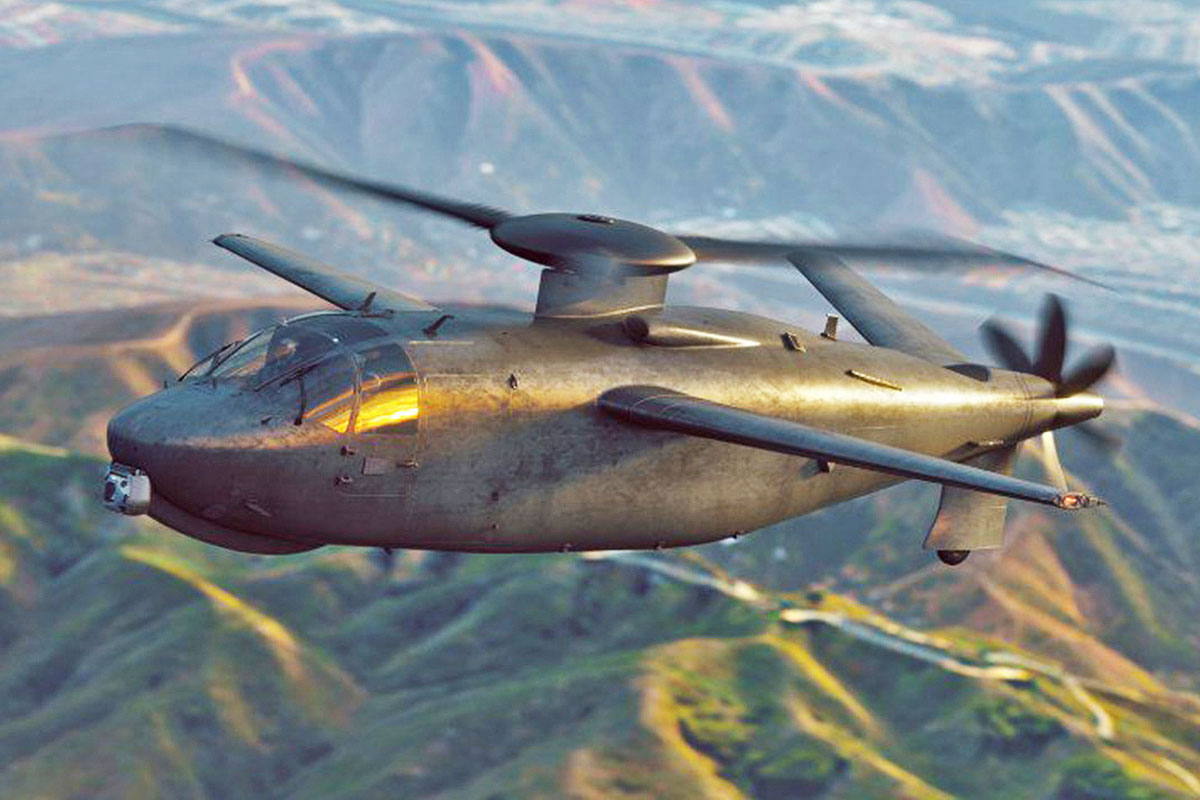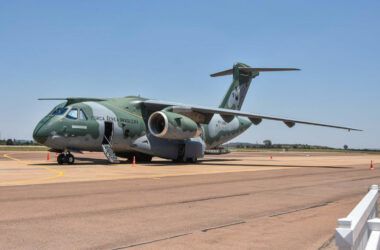Airbus unveiled on Friday a new advanced training jet project called the Airbus Future Jet Trainer (AFJT). The aircraft will be the exclusive responsibility of the Spanish division of the group, known in the past as CASA (Construcciones Aeronáuticas SA) and which has already produced a jet of the type, the C-101.
The AFJT was presented by Fernando Peces, chief executive of the Eurofighter program in Spain, and by Javier Escribano, responsible for future combat aircraft programs, who argued that the project was a way to keep the country’s aviation industry active for years to come.
“The AFJT Program would be an important engine of the economy and a generator of highly qualified and quality jobs, contributing to the creation of stable and high-value employment with a high impact. The knowledge generated in engineering and design would also serve as a generator of new opportunities for the future of the national industry” said Peces.
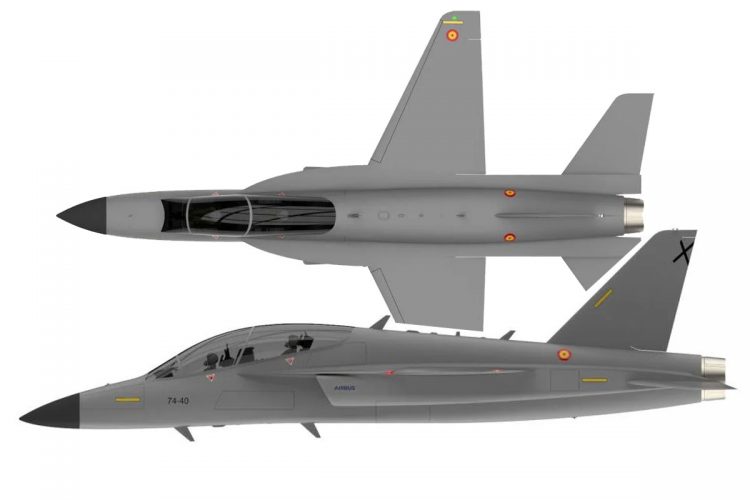
Light combat version
One of the images released by Airbus shows precisely a series of local suppliers for the program, which should generate between 2,100 and 2,500 jobs in addition to around 36 million euros in taxes and social contributions.
The design of the training jet shows an aircraft with an afterburner engine and two seats, but the manufacturer plans to develop a light combat version – both will be able to fly at transonic speed.
For Airbus, the AFJT will be a plane to train pilots who will fly FCAS, the future 6th generation fighter that France, Germany and Spain are starting to develop.
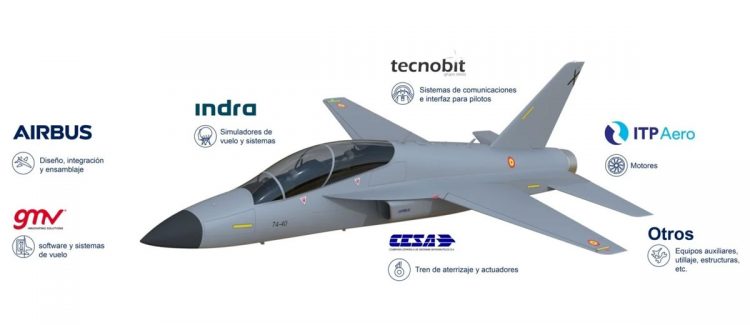
Old planes
The Airbus jet is yet another aircraft trying to compete in the market for advanced training and light combat aircraft in recent years. This niche has been dominated by the F-5 Tiger II for decades, but many air forces are studying substitutes because of the advanced age of these planes.
Boeing is currently one of the strongest competitors. The U.S. company joined Saab to develop the T-7A, a supersonic training jet that will replace the T-38 Talon.
There are also competitors in South Korea and Italy who aim to meet this demand, but certainly fighting with Boeing and now with Airbus will not be an easy task in the future.

